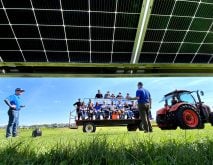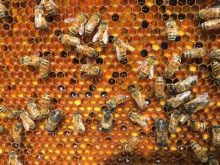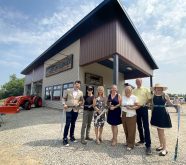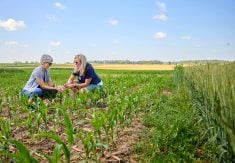Five new research areas were added to the national research cluster program when it was launched last year by Agriculture and Agri-Food Canada.
Automation, grape and wine, diverse field crops, integrated crop agronomy and biomass were added to the existing cluster program.
The cluster program started in 2008 under Growing Forward and was expanded under Growing Forward 2 (GF2) in 2013 before being approved for a third time under the Canadian Agricultural Partnership.
Why it matters: Many sectors lack the financial resources to fund research on their own, but rely on research and development to improve production and solve critical issues affecting their productivity and viability.
Read Also
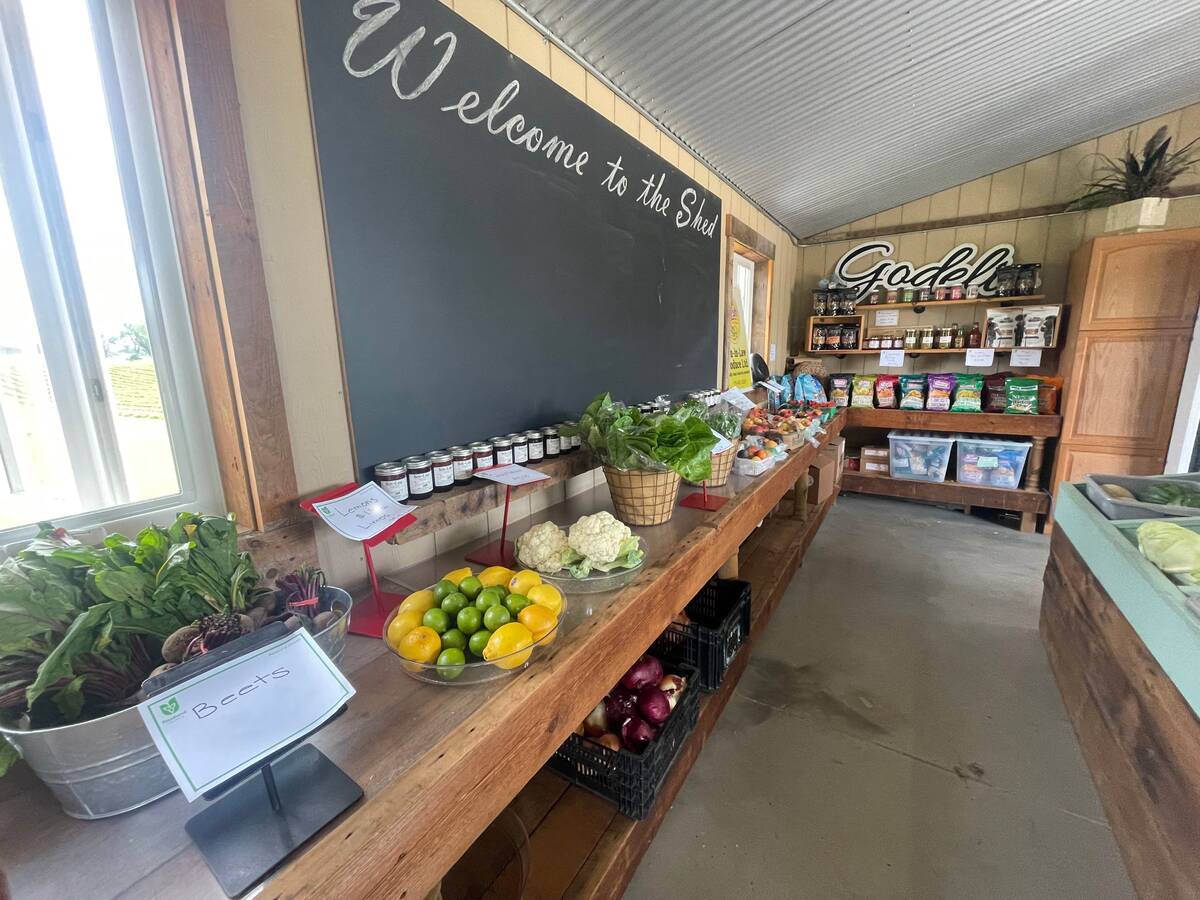
Ontario farms are a small business backbone but red tape delays and obstacles hinder growth
Farms are part of Ontario’s small business backbone, whether Ontario-grown livestock, grains or horticulture foods and farm products are bought on-farm, at a local market, or at the local store.
“We needed to have a better industry-led approach to align with science priorities of the industry, and increase collaboration between academia and government and private investment into agriculture, science and innovation,” said Lynne Guerrette, director of AAFC’s Industry Development Division in a presentation at an Agri-Food Innovation Council event earlier this year.
Improvements have been made to the cluster program with each new round of funding, including a move to more strategic planning and more streamlined administration for claims, reporting and peer reviews of project proposals under each cluster.
The biggest change in the latest round of funding is an increase in the required industry cash contribution from 25 to 30 per cent of the total value of each cluster.
Twenty cluster applications were received and after two were combined into one, all 19 were approved, although at lower amounts than requested because there was no increase in the total amount of funding available for the program, said John Fox, director general of the Innovation Programs Directorate at AAFC.
Vineland Research and Innovation Centre is home to the new national Automation Cluster, one of only a handful of the AAFC clusters that doesn’t follow traditional commodity lines.
“With technology like automation it doesn’t matter whether you’re milking cows or picking apples, the fundamental approaches are the same,” said Tania Humphrey, chief scientific officer at Vineland. “We saw a lot of benefit in the cross-sectoral approach.”
That original cluster proposal helped lay the ground work for the creation of a new national network dedicated to automation innovation in agriculture. Innovation, Science and Economic Development Canada announced funding this past summer for the Canadian Agri-Food Automation and Intelligence Network.
All three of the cluster’s projects are taking place at Vineland. Phase two of an automated mushroom harvesting system is underway, as well as an autonomous cucumber harvester for greenhouse producers. The third project is a smart irrigation system for potted greenhouse flowers that will use sensor data and artificial intelligence to emulate a grower’s decisions about when to water the crop, saving both labour and water. The goal is to have working prototypes for all three at the end of the cluster.
“This is not just about the projects, but about creating broader connections and helping technology companies see agriculture as an opportunity,” Humphrey said.
Canada’s grape-growing associations in Ontario, British Columbia, Quebec and Nova Scotia came together to create the Canadian Grapevine Certification Network, which now administers the Grape and Wine Cluster.
Its main themes include viruses, cold hardiness, quality improvement, canopy management, water, soil and nutrient management, ground cover and trunk research that are spread across 21 research projects. Quite a few projects are focused on vine evaluation for cold hardiness, according to project manager Jill Page, but virus projects are the ones attracting the most interest from industry.
“Grape and wine is a pretty broad industry so there are a lot of people interested in different aspects of what we are doing, but virus projects do gain the most attention,” she said. “Our biggest outcome is knowledge and technology to share with growers, and we want to make our website a go-to for grape and wine research across Canada.”

In Western Canada, seven different smaller crop commodities — some also grown in Ontario — are behind the Diverse Field Crops Cluster: flax, camelina, canaryseed, sunflower, hemp, quinoa and mustard.
“What’s critical for small acreage crops is being able to leverage a cluster as opposed to project-based funding. Flax and mustard, for example, are pretty small compared to canola, pulses or wheat,” said project manager Carol Ann Patterson.
“They don’t have the individual resources to fund big projects like genomics and molecular markers for disease resistance or better quality — and it’s hard to interest big companies in small acreage crops,” she added.
The cluster, led by Ag-West Bio in Saskatoon, has 15 research activities spread across the seven crops. Nine projects alone focus on variety development, both hybrid development and marker identification for new varieties and varieties already in development that need field trials and further testing.
Two crop protection projects are addressing herbicide tolerance and resistance and three value-adding projects are looking at the impact of processing on the stability, shelf life and taste of canaryseed, fractionation of mustard and livestock feeding trials for hemp. The final project involves crop rotation and carbon capture and growing specialty crops interspersed with major commodity crops.
“Although it’s primarily Western Canada focused, we do have hemp projects and some quinoa growing locations in Ontario,” said Patterson, adding that AAFC Guelph is also involved in the mustard fractionation research.
All clusters are slated to run until the end of March 2023.





